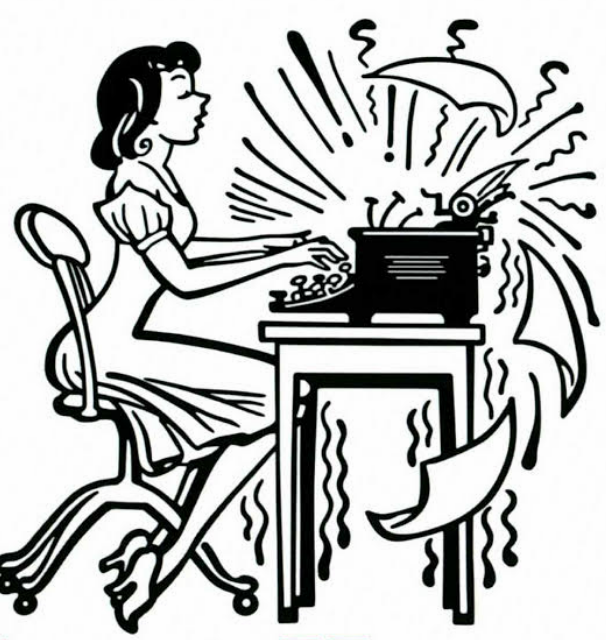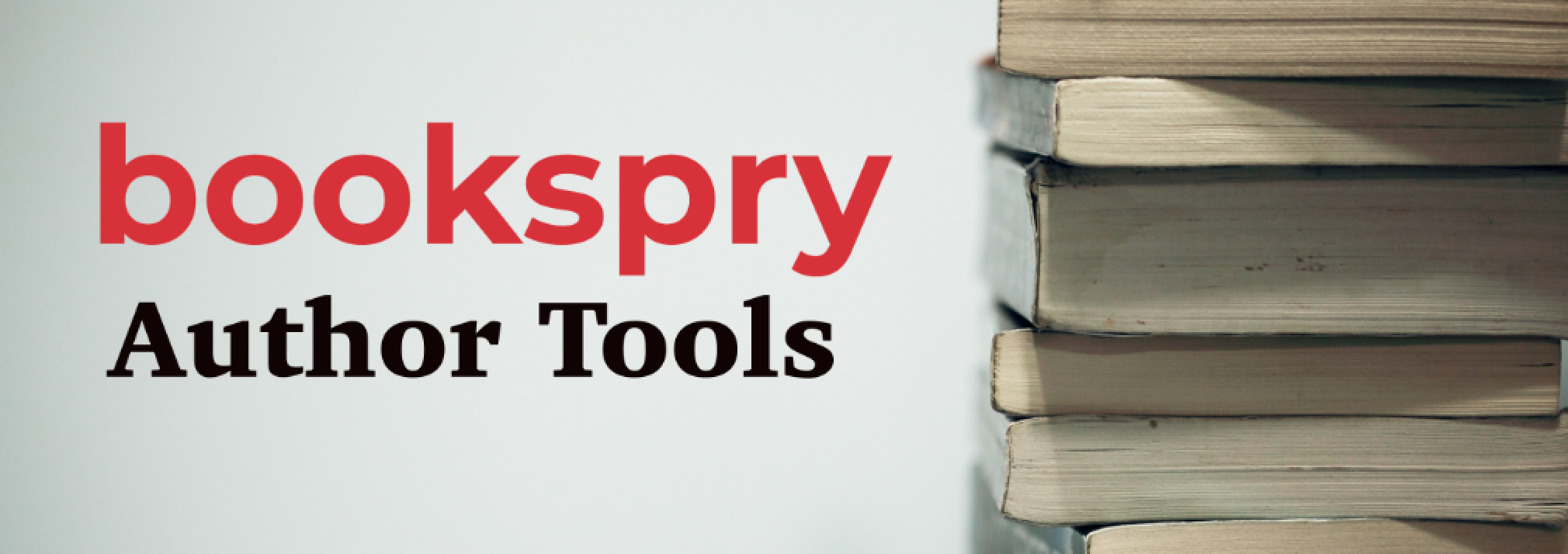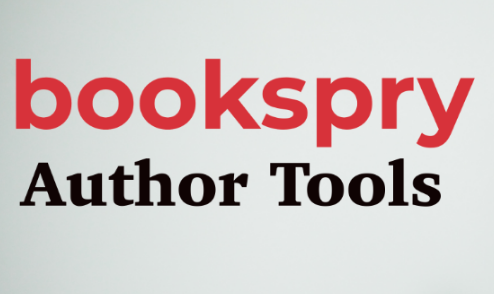Author Tools, Field Guides, Reviews for Writers

You want to buy a new Kindle…but how do choose the right one for you? What do you need to know when choosing a Kindle in the first place?
If you read like we do, then deciding which e-reader is best for you is no small task. This is something you’re going to be spending a lot of time with; on the bus, in bed, on vacation. You want to make sure it suits your needs. There are a lot of different e-readers out there, and most of them are very good, but for this post we’re going to focus on Kindles only. In the future, we’ll do a write up of all the major e-readers, but in the meantime, if you’ve already decided on buying a Kindle, this is for you!
So, what do you need to know before you choose your Kindle? First of all…
What you (don’t) need to know
The bad news is, whenever you buy any piece of technology, you’ll have to learn to deal with a lot of “specs”. You’ll be bombarded with numbers and acronyms by websites and sales people until you can’t think straight. The good news is, some of these specs can be disregarded immediately without further thought.
We tried to catalogue the features you won’t need to worry about here, so when a salesman says to you “this version has 8GB of memory!” you’ll know you don’t care about that.
So, what can you safely not worry about when buying a Kindle?
Wifi
All e-readers (Kindle included) will boast that it comes with wifi capabilities, but seeing as how that’s been standard equipment for years, that’s a lot like bragging that your car comes with windshield wipers. Every Kindle comes equipped with wifi, don’t worry about this feature or whether the wifi on one kindle is different or better than another.
Storage
Unlike wifi, storage (or memory) does vary from e-reader to e-reader and Kindle to Kindle, but we argue that this is also something you don’t need to spend time thinking about.
The average size of an e-book on Amazon is approximately 2.6MB, and the lowest available storage on a Kindle right now is 4GB. That means that you can fit over 1500 books on the kindle with the least amount of storage. If you need to carry more than 1500 books with you at any given time, you have other things to think about besides which Kindle to buy!
Battery Life
Much like storage, battery life is something that stopped being a problem for most readers a long time ago. E-readers are not power intensive pieces of technology, and even the low end Kindles all have battery life that lasts for weeks at a time. You can bring any fully charged Kindle with you on vacation without worrying about bringing a charger.
Don’t worry about battery life when considering what Kindle to buy.
Waterproof…ness
This one is difficult for us. Having a waterproof e-reader honestly sounds pretty cool. I can see myself sitting in the hot tub, relaxing with my Kindle on vacation, or forgetting my e-reader on the patio before a big rainstorm comes through, or sitting on the edge of a pool with a glass of wine one hand and my e-reader in the other! But, if we’re being honest with ourselves…when was the last time you needed your e-reader to be waterproof? We asked around and haven’t been able to find anyone who lost an e-reader to water damage. Don’t get me wrong, it can happen! Drop your Kindle in the pool and you better hope you have a bag of rice somewhere close by! But when did that last happen to you? How likely is it to happen in the near future?
If you want to read around water a lot, maybe this is something to think about, otherwise, it’s just a fun idea that isn’t all that practical.
What you do need to know
3G
Do you plan on using your Kindle away from wifi for an extended period? If so, you may want to consider getting the 3G option for your e-reader, but otherwise this is an added cost a lot of people don’t need, and considering 3G comes in at an extra $70, it’s not exactly a small cost. Try to think of the last time you were away from wifi and absolutely had to have another book on your device. If you can’t think of one…you probably don’t need this. (Oh, and in a pinch, your phone will give you all the wifi you need.)
Resolution
Most modern e-readers have more than adequate resolution, but this is definitely a place where spending a little money can help. The basic Kindle e-reader has a resolution of 167 ppi while the Paperwhite and the Oasis each have nearly double that amount. If you’re someone who reads a lot, especially for long periods of time, this is a feature you want to pay attention to.
Backlight (built-in lights)
Similar to resolution, this is another feature that can greatly impact your reading experience. If you read in dark places (or you want to) the backlight can save you a lot of headaches. No need for a lamp or external, e-reader mounted light, you can read in any light level if you have a backlight. For those of us who read in bed, this feature becomes critical. Note that this is available on all Kindles except for the base e-reader model. If you decide to choose the non-backlit Kindle, be prepared to buy a case with a built in light for your night time reading.
Do you care about ads?
One of the more…interesting things about Kindles is the “Special Offers” feature. Special Offers are essentially Amazon ads that will display on the lock screen of your Kindle. They aren’t pretty, but they will cost you $20 dollars if you want to remove them. This is not Kindle specific, no matter which Kindle you pick, you’ll need to decide whether or not an ad-free lock screen is worth $20 to you.
Budget
Forgetting add-ons like 3G and Special Offers, Kindles range from $80 to $250, but you’re still really only choosing from three options. The basic Kindle e-reader that retails for $79.99, the Kindle Paperwhite which comes in at $119.99 and the most expensive of the group, the Kindle Oasis at a whopping $249.99.
Most people’s budget will automatically decide whether or not the Kindle Oasis model is even a viable option, but the Kindle e-reader and the Paperwhite are only separated by $40 and that money can make a big difference. It’s necessary to pay attention to the features listed here, as well as what’s important to you, to decide on where to spend your money.
Recommendation
We try to stay away from flat out recommendations at bookspry.com. We don’t want to appear biased, but we also know that everyone is different and has different reasons for choosing different products. What we WILL say, is that the Kindle Paperwhite will be the best bet for a daily reader for most people. It’s slightly more expensive than the Kindle e-reader, but that extra money gets you built-in lighting and better resolution. If you read a lot, these things will become important to you very quickly.
Ready to make your decision? See all current Kindle offers by clicking here.

Read more in our “For Readers” review series here.





